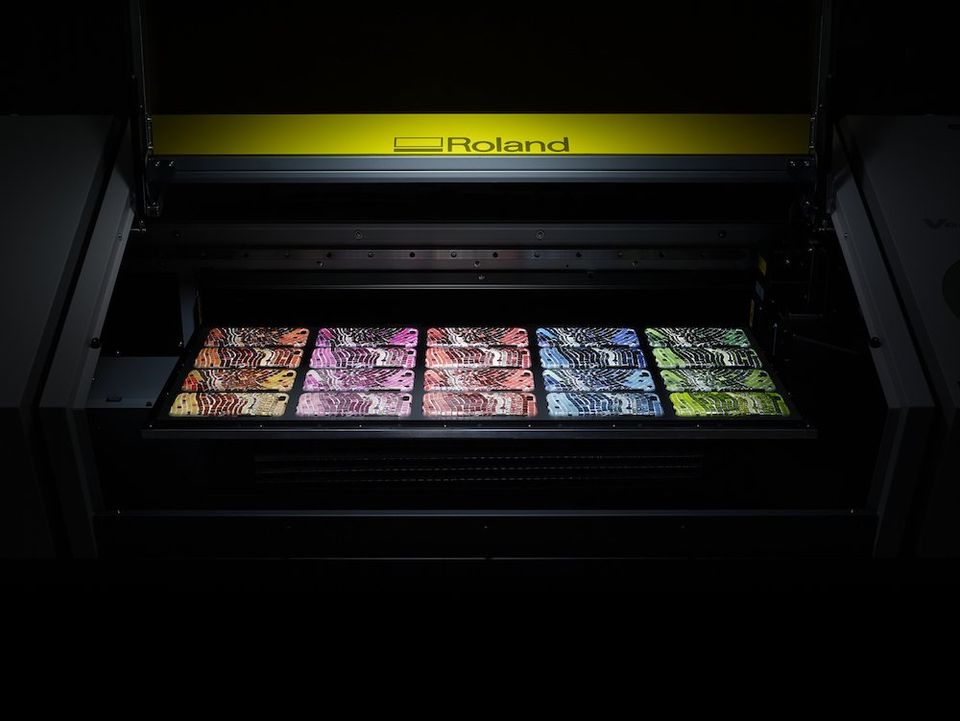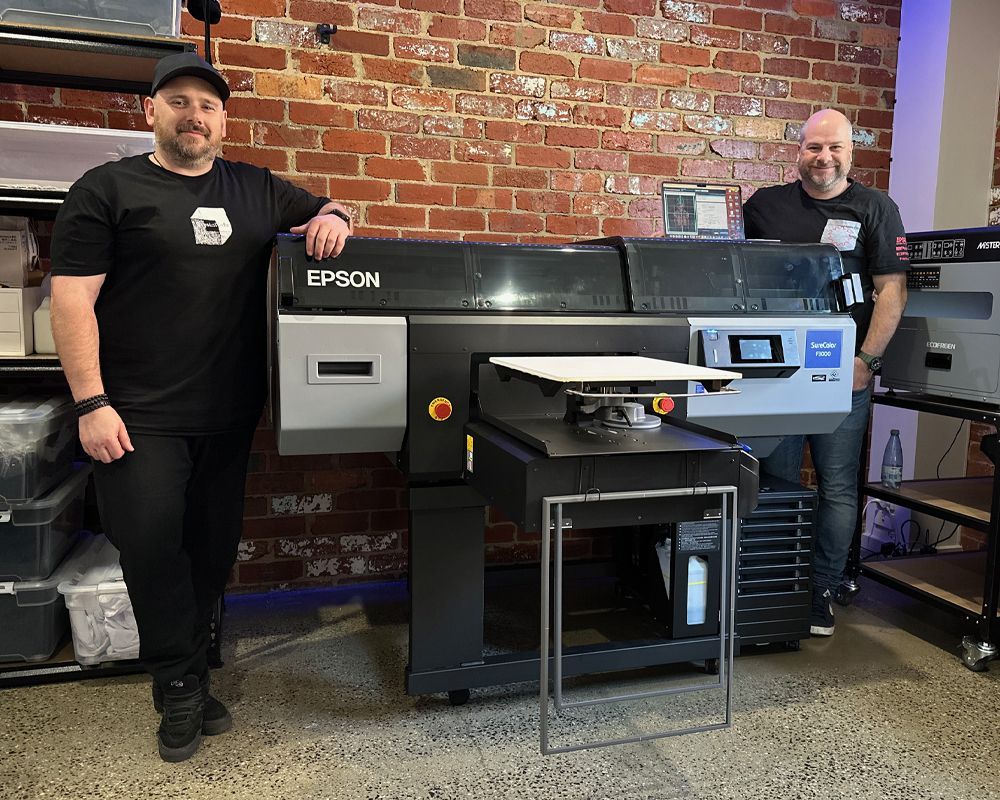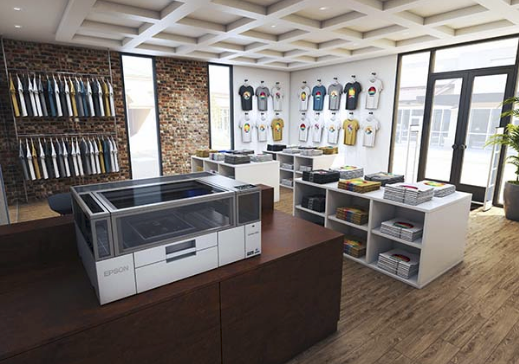Sep 01, 2020
Although most of us are aware of the temperatures required for our printers to operate at their premium, some people may be unaware that humidity (specifically relative humidity) can also play a role in how the machine operates.

In this blog, we’ve taken a closer look at why humidity is important and what sort of effect it can have on our print rooms and final products. Are you aware of the humidity in your environment?
Low and high humidity
So, how does relative humidity differ from actual or absolute humidity? In layman’s terms, it is the measure of water vapor comparative (or relative) to the temperature of the air. Relative humidity is most often what’s cited in weather forecasts, as it affects the “feels like” temperature.
To get a bit more technical, it’s expressed as the amount of water vapor in the air as a percentage of the total amount that could be held at its current temperature. Warm air can hold far more moisture than cold air, meaning that the relative humidity of cold air is far higher than that of warm air (if their absolute humidity levels were equal).
Humidity and your print room
Humidity can pose quite the challenge when it comes to printing, as we want to ensure that our staff are comfortable but it can have various effects on our setup (ie printers, papers and ink). Some common problems that occur in print rooms as a result of humidity include printheads drying out during a print cycle (if the room is too dry) and cockling of the paper which can cause inconsistent prints (if there’s too much moisture in the air).
To remedy this challenge, many people turn to humidifiers. The use of such devices may increase the humidity in the room to more acceptable levels (between 45 and 85%), but you will find that most printer setups work best when the environment is closer to the top end of this range. You should also take note of what your printer manufacturer recommends as the acceptable RH levels.
- Epson recommends an environment between 40% and 60% RH for their dye sublimation printers.
- Roland recommends an environment between 20% and 80% RH for their solvent printers.
Whilst a good quality humidifier will set you back around $700, when you compare this to the costs of replacing your printheads, dried up ink cartridges, damaged paper and lost production time it quickly becomes clear that investing in one is the safer option. If you have any questions about the correct humidity for your machine or controlling the environment in your print room, make sure that you get in touch with the team at Machines Plus.
Share
Tweet
Share
Mail

By Kristina Wood
•
07 May, 2024
Did you know that out of the 20 Epson SC-F3000 models in Australia, Machines Plus has installed a whopping 9 of them? We're not just about recommending equipment; we're all about providing tailored solutions to meet all your direct-to-garment and printed merchandise needs!
© 2021 COPYRIGHT MACHINES PLUS | Terms and Conditions | Privacy Policy | Returns Policy | Service Agreement


